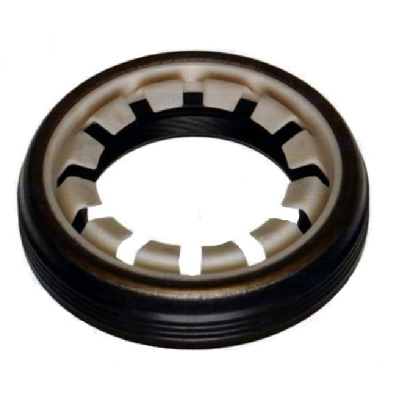40x52x7mm Oil Seal Specifications and Applications Guide
Understanding the 40x52x7 Oil Seal Specifications, Applications, and Importance
Oil seals play a critical role in various mechanical applications, ensuring the proper functioning of machinery by preventing the leakage of lubricants and contaminants. One frequent specification you might encounter is the 40x52x7 oil seal. Let's explore its dimensions, key features, applications, and why it is crucial in industrial settings.
Specifications of 40x52x7 Oil Seal
The designation 40x52x7 refers to the dimensions of the oil seal in millimeters. The first number, 40, indicates the inner diameter of the seal, which is designed to fit a shaft. The second number, 52, is the outer diameter, representing the total width of the seal. Lastly, the third number, 7, denotes the thickness of the seal. This particular configuration makes it suitable for a variety of applications where these specific dimensions align with mechanical requirements.
Oil seals are typically made from elastomeric materials such as rubber or synthetic compounds, which provide excellent resistance to oils, temperature variations, and wear. High-quality oil seals will also feature metal reinforcement, enhancing their rigidity and durability.
Applications of 40x52x7 Oil Seal
The 40x52x7 oil seal is widely utilized in various industries, including automotive, manufacturing, and engineering
. Here are some common applications1. Rotating Shafts In machinery where rotating components like shafts are present, oil seals help maintain lubrication within bearings and housings, thereby reducing friction and wear.
40x52x7 oil seal

2. Automotive Engines In vehicles, oil seals are critical in engine assemblies, including the crankshaft and camshaft, ensuring that oil circulation is efficient and preventing any leaks that could lead to operational failures.
3. Pumps and Compressors In fluid-handling equipment such as pumps and compressors, the 40x52x7 oil seal serves to maintain a barrier against oil loss and contamination, guaranteeing efficient performance.
4. Heavy Machinery In industrial applications involving heavy machinery, these oil seals help protect against dust, water, and other contaminants that could affect the machinery's performance and longevity.
Importance of Proper Installation
The effectiveness of an oil seal relies heavily on its proper installation. Incorrect fitting can lead to leaks, reduced lubrication, or premature wear of both the seal and the shaft. It is crucial to follow best practices during installation, such as ensuring the sealing surface is clean and free from burrs, using appropriate fitting tools, and checking the alignment to prevent axial misalignment issues.
Moreover, regular maintenance and inspection of oil seals are advisable to detect any signs of wear or deterioration. Identifying issues early can save both time and money by preventing extensive machinery repair or replacement down the line.
Conclusion
The 40x52x7 oil seal is a pivotal component in many mechanical and industrial systems, offering protection for lubricants and safeguarding against contamination. Its specific dimensions make it suitable for a variety of applications, particularly where rotating shafts are involved. Understanding the importance of proper installation and maintenance of these seals is essential for longevity and operational efficiency. In an era where machinery performance is critical, the role of such small components as oil seals cannot be underestimated—they are indeed unsung heroes of mechanical efficiency.
-
The Ultimate Guide to Boat Propeller Bearings and Trailer Wheel Bearings
News Jul.31,2025
-
The Essential Guide to Marine Bearings and Boat Trailer Wheel Bearings
News Jul.31,2025
-
The Complete Guide to Heavy Duty Seals: Protecting Doors and Spaces Efficiently
News Jul.31,2025
-
Essential Guide to Marine Shaft Bearings and Boat Trailer Axle Bearings
News Jul.31,2025
-
Comprehensive Guide to Marine and Trailer Bearings for Safe Boating and Transport
News Jul.31,2025
-
Comprehensive Guide to Automotive Oil Seals: Protecting Your Engine and Shafts
News Jul.31,2025
-
Understanding Automotive Oil Seals: Essential Components for Engine and Shaft Protection
News Jul.30,2025
Products categories















